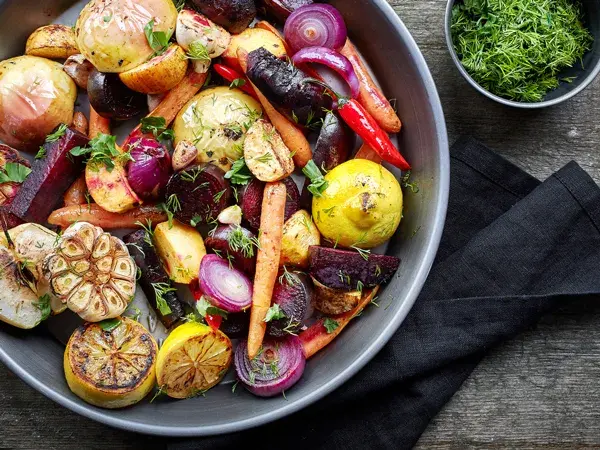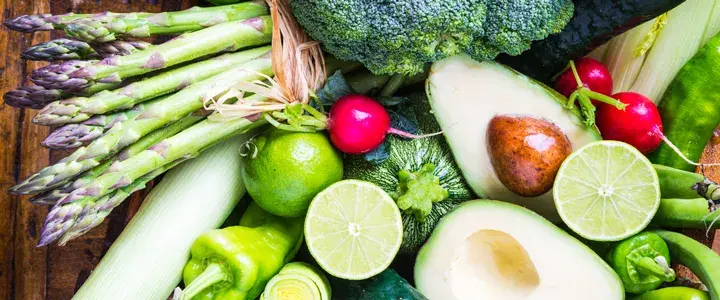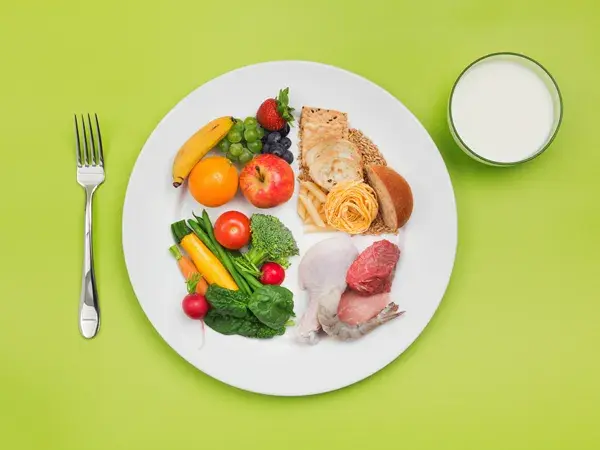It's not breaking news. Research has shown that a plant-based diet is ideal for optimal health. Plant-based foods are sources of essential vitamins, minerals, antioxidants and phytochemicals (nutrients only found in plants!). Because of these benefits, a plant-based diet reduces the risk for cancer, diabetes, and heart disease and is essential for weight management.
Many times when I'm working with clients, I'll ask them what they think it means to have a plant-based diet. Their responses usually sound like, “Salads, vegetables, kale, and no meat or dairy.” In other words, the most common misconception is that it's restrictive, boring and only involves greens.
However, the whole concept is about a shift from eating predominately animal-based foods to predominately plant-based foods. Let’s take a closer look at how to eat plant-based.
The 80/20 rule
Ideally, plant-based foods should comprise 80 percent of our diet, leaving 20 percent for animal products. This means at least 3/4 of our plate is plant-based. The American diet is notorious for its large portion sizes, and generally, the larger portions are of meats and unhealthier foods. We also tend to slather our food in butter and top it with high-fat cheeses. Instead, we should aim for a plate that's heavy on fruits and veggies. Consider your own plate: how does it measure up?
Knowing what counts
Fruits and vegetables are obvious and essential plant-based foods, but whole grains, nuts, nut butters, seeds, legumes, beans and plant-based oils also fall in this category. A well-balanced plant-based diet incorporates a variety of these foods into meals. Here's my advice on how to eat more healthy grains!
Focusing on quality
When it comes to plant-based foods, quality counts as much as variety. Minimally-processed foods and ones with simple ingredients are ideal. When animal products are included in meals, it's best to choose lean meats and fish, eggs and reduced fat dairy products.
Making it tasty
Eating plant-based doesn't have to be bland or boring. Herbs, seasonings, and spices work wonders. A fun aspect of a plant-based diet is discovering creative food combinations and flavor profiles. Experimenting with cooking foods differently, such as grilling, roasting and stir frying, is also a great part of eating plant-based meals.
All of this doesn’t sound so bad, right? I think you’re ready to at least give this a try. Here are tips and recipes to get started!
5 tips to begin plant-based eating:
- Start with filling just half of your plate fruits or veggies. Always incorporate one or both of these food groups at meal times.
- Don't cut out all animal products. First, focus on cutting back. Divide larger portions of meats in halves. Reduce the amount of milk you drink. Decrease the amount of cheese you add to dishes. And replace the animal products you've cut out with plant foods to keep you full.
- Pay attention to protein. Protein is essential for healthy bodies. Consuming fewer animal products means you might need to add other sources of protein to your diet. Great plant sources include beans, lentils, legumes, nuts, seeds, wild rice, wheat berries, sprouted grains, nut butters and soy products.
- Get inspired. Spend time looking for vegetarian recipes in cookbooks or online to find new ways to prepare foods you haven't thought of before. I recommend cilantro lime tacos, or this one for sweet potato black bean quinoa bowls.
- Go meatless on Mondays. Try to designate one day where you go without animal products. After finding some delicious plant-based meals you love, it won't be so difficult to cut out animal products more frequently.
Establish healthy habits with the Y
Hungry for more? Learn healthy eating habits in our YMCA Weight Loss program.


